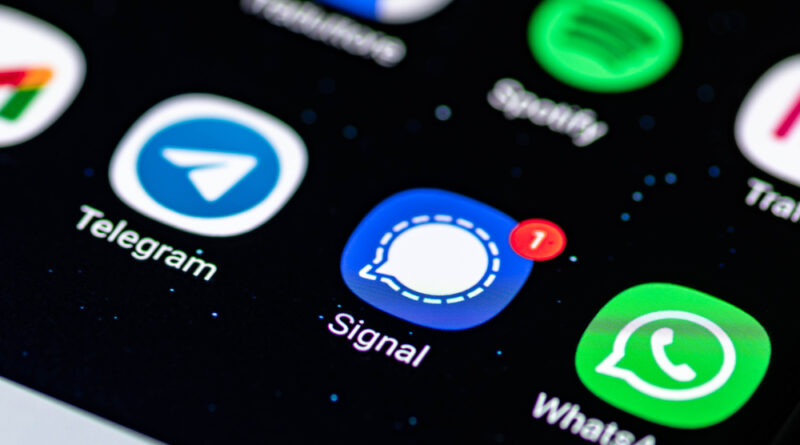The Mirage of Messaging Security: When Encryption Isn’t Enough
In an era where every text and group chat may carry the weight of political decisions—or worse—a single misstep can unravel the very fabric of confidential communication. We’ve all grown accustomed to the reassuring tagline “end-to-end encryption” emblazoned on our favorite messaging apps, but how much do we really understand about what it means for our everyday chats? The recent fiasco involving a high-level government group chat isn’t just an embarrassing anecdote; it’s a cautionary tale about the limitations of even the most secure digital platforms.
Take Signal, for instance. Celebrated as the gold standard of secure messaging, Signal’s encryption is built on a protocol that not only shields your messages in transit but also ensures that even if a session key is compromised, past messages remain locked away. Its open-source nature invites independent scrutiny—a transparency that breeds trust. Moreover, the fact that Signal lets users forego linking their phone numbers elevates it above its competitors, reinforcing a much-needed barrier between personal identity and private conversation.
Yet, in our digital lives, no platform is without its trade-offs. iMessage, Apple’s prized messaging service, offers arguably robust protection for conversations confined within its ecosystem. Its one-to-one encryption for group chats is a technical marvel. However, as soon as an iPhone user steps outside of Apple’s closely guarded garden—messaging an Android user, for example—the conversation devolves into a less secure protocol. Even more troubling is the compromise that comes with cloud backups. While Apple touts its commitment to security and even post-quantum readiness, a single misconfigured backup could turn a personal chat into a record accessible to government agencies under the right circumstances.
WhatsApp, owned by Meta, leverages the same reliable encryption foundation as Signal, but its handling of metadata leaves a gaping privacy hole. The content of your messages might be safeguarded, but the metadata—who you’re chatting with, when, and for how long—paints a digital map of your life that can be pieced together by anyone with the right resources. For users who aren’t willing to sacrifice convenience for an extra layer of privacy, the allure of WhatsApp’s massive user base is hard to resist. Yet, one has to wonder if convenience is worth the cost when the underpinnings of trust are murky at best.
Then there are platforms like Telegram and Messenger. Telegram’s default mode doesn’t offer true end-to-end encryption—a fact that lurks in the background until one actively opts into “Secret Chats.” Messenger’s gradual rollout of encryption means that for many users, the default state might still be one of partial protection. These nuances remind us that technological safeguards are only as effective as our understanding and application of them. In the end, it isn’t just the robustness of an encryption protocol that matters, but the context in which we use it—and the human errors that often tip the balance from secure to compromised.
The truth is, the security of our messages isn’t solely a product of sophisticated algorithms or bulletproof encryption. It’s also about the choices we make: choosing the right platform for the right conversation, being aware of fallback protocols, and understanding that even a well-designed system can be undermined by a single misdirected inclusion. When a journalist ends up in a chat meant for the highest levels of government, it isn’t just a failure of protocol—it’s a stark reminder that in our increasingly interconnected world, human error remains the Achilles’ heel of digital security.
In our daily lives, where personal, political, and sometimes even national interests intersect in the virtual space, the lesson is clear: never assume your messages are safe simply because they are encrypted. Scrutinize the details, understand the trade-offs, and always remember that the most secure messaging app is only as secure as the practices of its users.
Photo Credit: DepositPhotos.com

